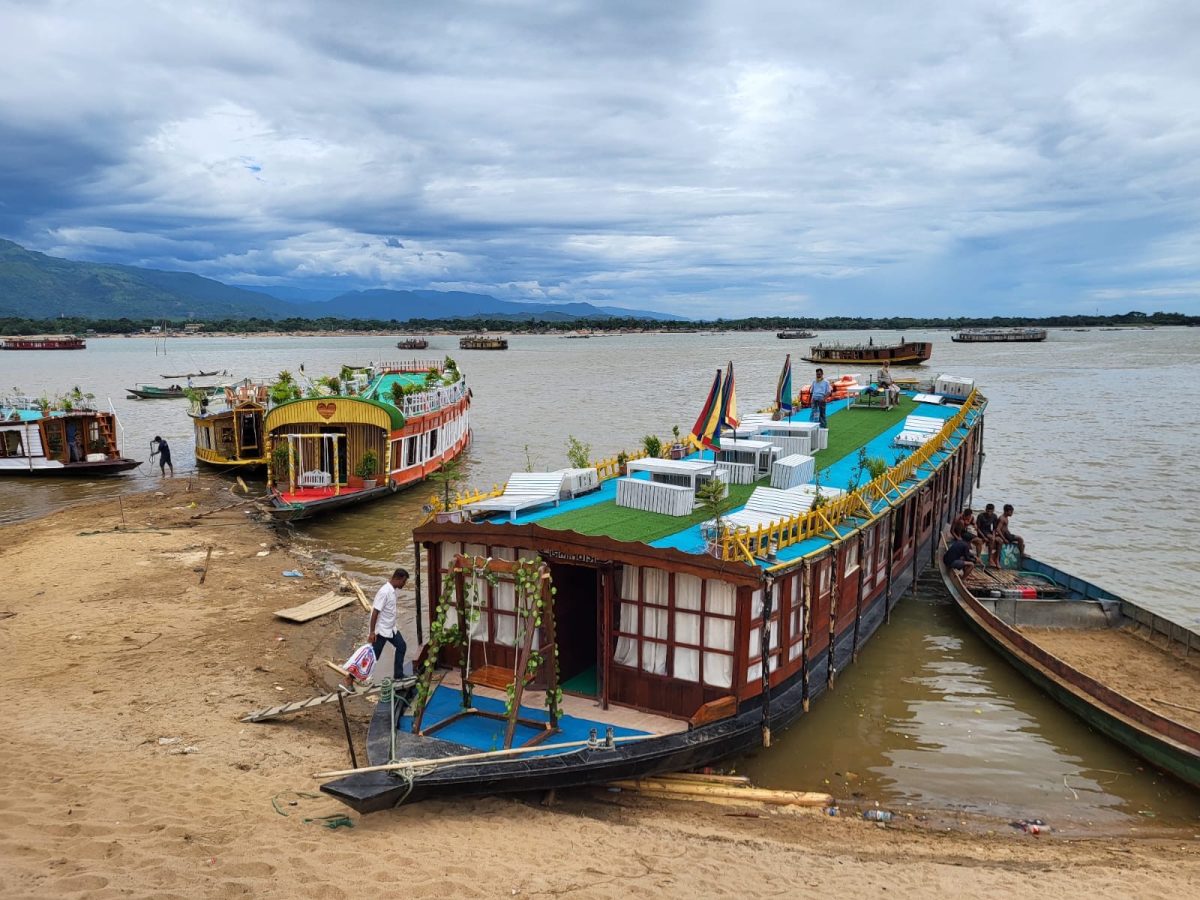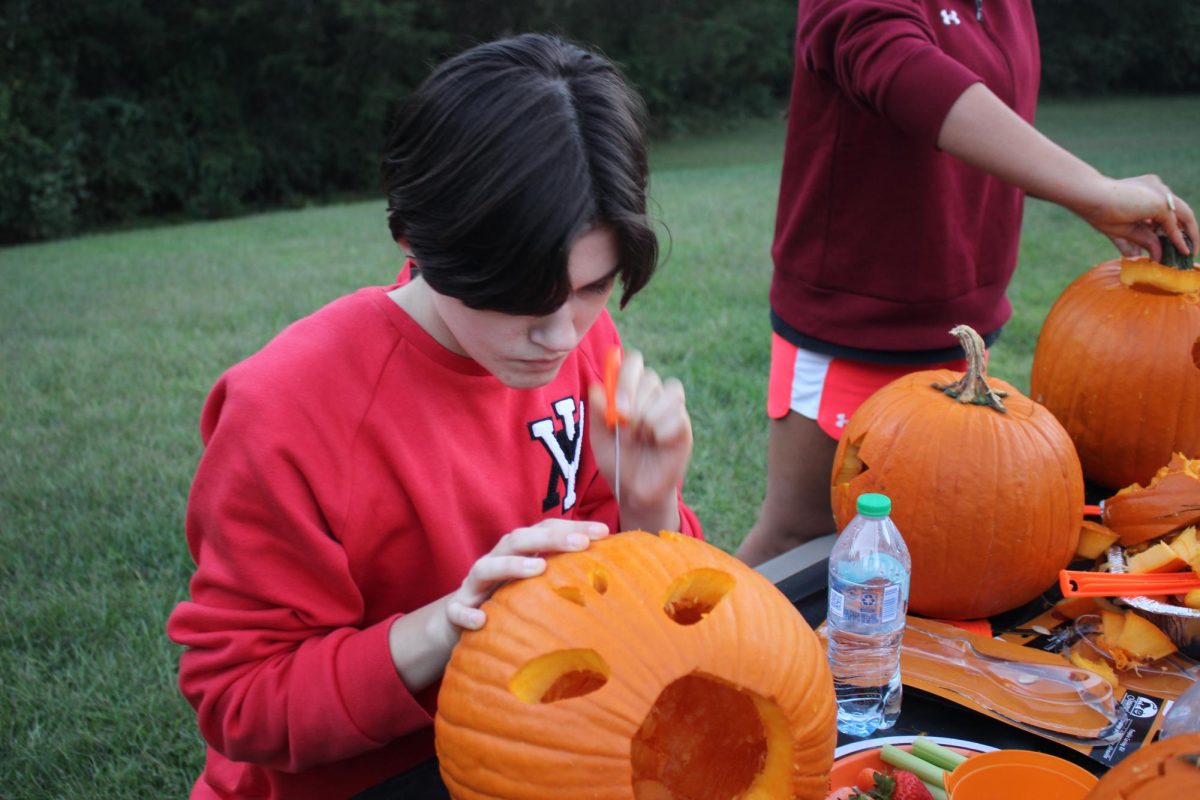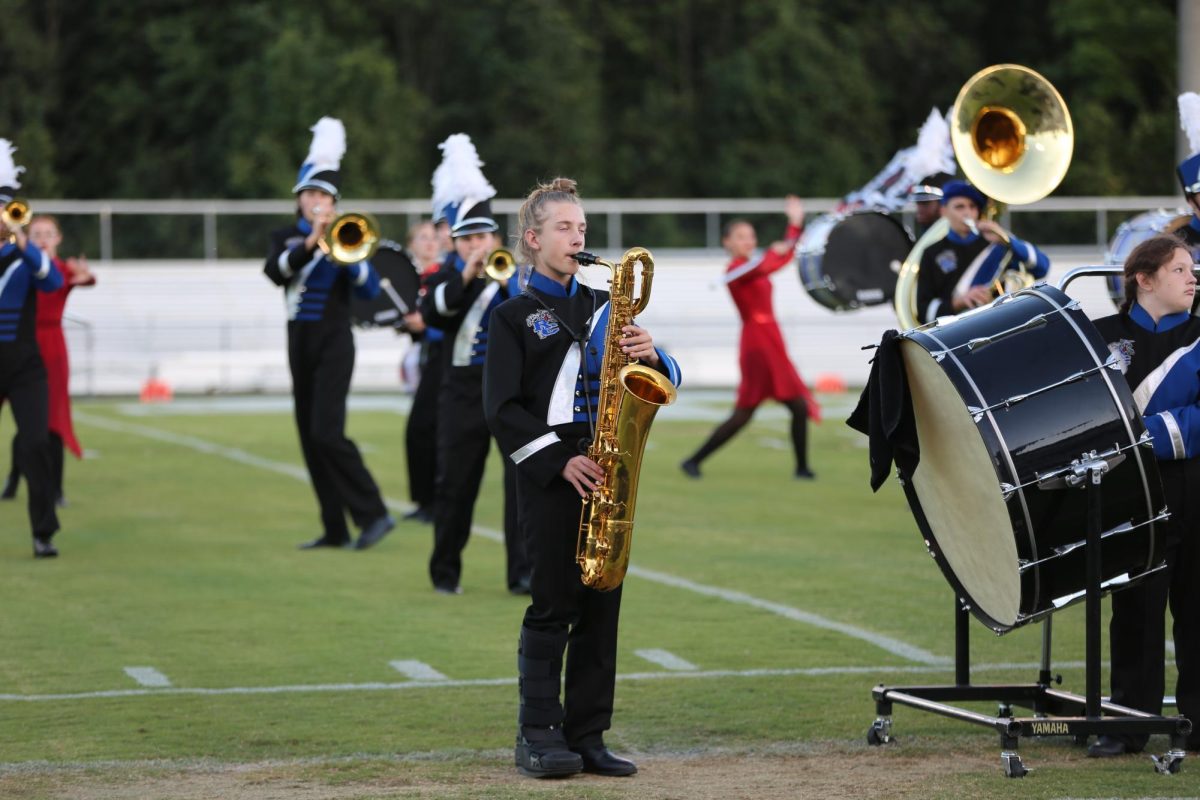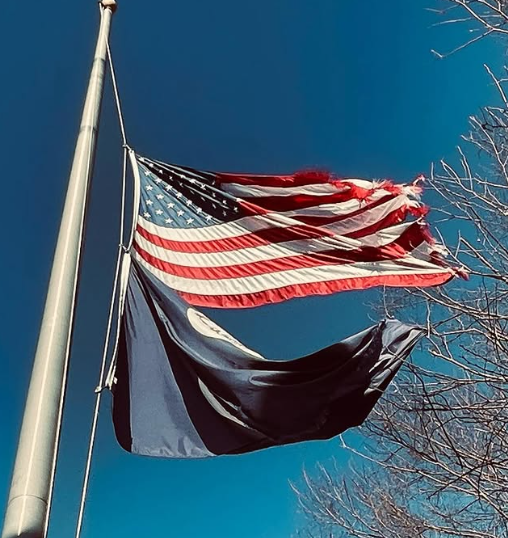Being an exchange student offers a lot of cultural immersion. You can learn about different cultures and traditions alongside teaching your own one to others.
Coming from Bangladesh, a country rich in culture, traditions and hospitality, I was both excited and nervous to represent my homeland in a completely new environment.
Bangladeshi culture is a synthesis of indigenous heritage and influences from various historical empires, rooted in the Bengali language and history while also shaped by Islam and pre-Islamic folk traditions. This blend is evident in the country’s arts, celebrations, cuisine, and social values, particularly in a strong emphasis on community, extended family bonds, respect for elders, and warm hospitality.
Vibrant festivals, traditional attire like the sari and panjabi, a cuisine rich in rice and fish dishes, and diverse music and performing arts including Baul songs and Jatra folk theater are key expressions of this culture.
Bangladesh is often called “The Land of Rivers” and is home to the world’s largest mangrove forest, the Sundarbans, as well as the longest sea beach in the world, Cox’s Bazar. Life back home was vibrant and filled with colourful festivals such as Pahela Baishakh, also known as “Bengali New Year”, and Bashanta Utshob, the “Spring Festival”.
As mentioned, Bangladesh has a rich cuisine. The staple food of Bangladesh is rice, which is usually served with lentils, vegetables and fish. Spices are the heart of Bangladeshi cooking. Turmeric, cumin, coriander, and chilli are used in perfect ba;ance to create a satisfying flavor. The sweets are another highlight. Desserts like roshogolla, chomchom and mishti doi (sweet yogurt) are popular at family meals.
Overall, Bangladeshi culture is rich, colourful, and full of life. It represents harmony, creativity and resilience. Whether it’s through music, food, language or traditions, Bangladesh continues to inspire pride in its people and warmth to those who experience it.







